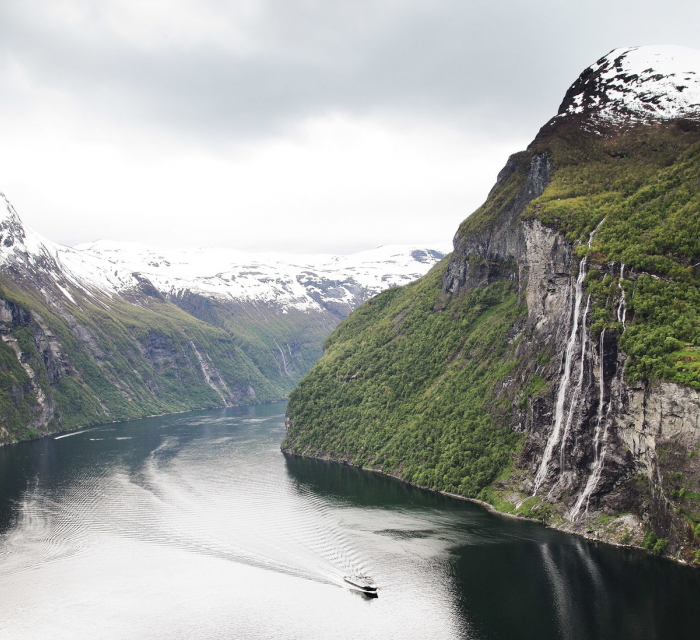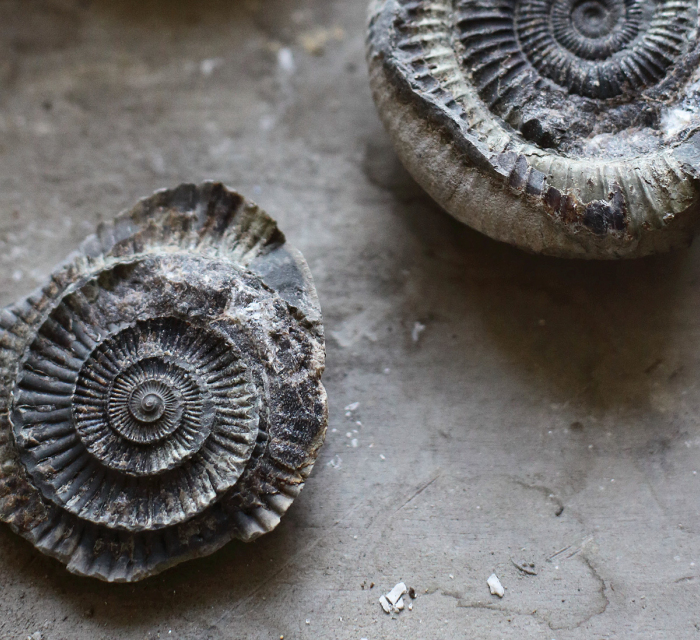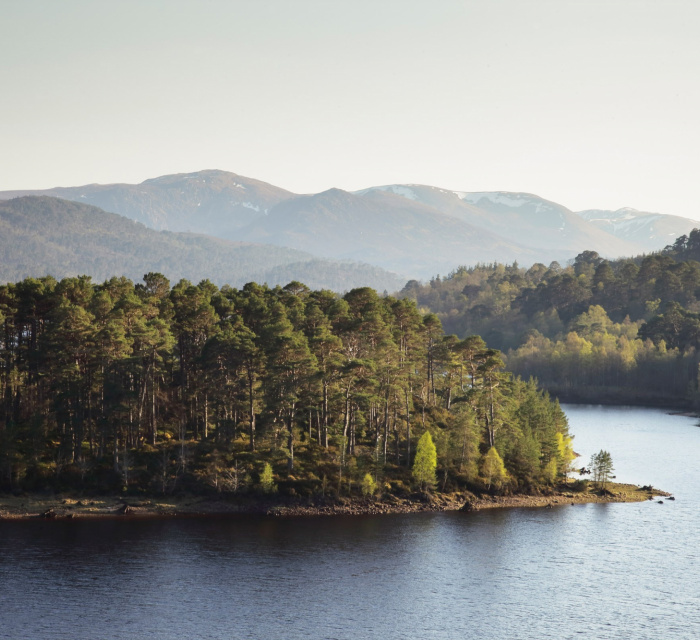By relinquishing her role, Saga Mariah reasoned, she was making room for someone else to excel in her stead. She called her elder sister to talk it through, and, after a brief discussion, her sister agreed it was a prudent decision. What Saga Mariah didn’t entirely anticipate was her mother’s reaction to the news.
“When I rang my parents to tell them I was thinking of leaving my well-paid, respectable job, I was worried what they would say,” she admits. “I was the girl who kept snakes and insects as a child and then did three years education at an expensive school in Stockholm and got a top job immediately, and now, here I was, about to turn it down. Interestingly, my mother said, ‘I’m so happy you are saying this because I just couldn’t picture you in an office. I just can’t see it in my imagination’. She couldn’t see me locked up inside, under artificial lighting and wearing expensive, flashy clothing, and admitted she’d be more devastated if she thought that that was going to be my life now.
“I was so happy to hear that. It was all I needed, just for the closest people in my life to reassure me that that wasn’t me. So, after three months, my very short career as an art director ended, and I very enthusiastically rented my first studio and started painting again.”
Saga Mariah took on clients, illustrating for the food and cosmetic industries until she had saved enough to buy a flat, start a web store and create the nature-themed artworks she longed to paint.
Belonging
There are differences between Stockholm and Värmland, the biggest and most obvious being that one is a city and the other a rural province. Moving from the latter to the former incurs a steep learning curve in urban living.
“I barely knew how to behave around people in the city,” Saga Mariah recalls. “I would talk to my neighbours too much, for example. Where I’m from, it’s super important that you know your neighbours. There’s a completely different relationship to one another when you live in the countryside; you know people’s routines, who is related to whom and what people are up to. You kind of have to because you watch out for one another and help one another.”
Then there’s the stupefying maze of buildings and glittering streets; the effluvia of traffic and smoke from smouldering tobacco. There’s the thrum of human activity and echoing ship horns in absence of the hinterland’s eclectic chorus: a pastiche of the Arctic loon’s sorrowful call and crepuscular skitter of pine martens, of lowing cattle and bellowing moose.
Fun, the urban way, is often had indoors, and though inarguably remarkable, the city’s attractions are largely manmade. It’s in this milieu of civic life that Saga Mariah rediscovered a fundamental truth.
“After living in the city, I really understood that I belong in the forest. I don’t belong in the city,” she says thoughtfully, “no matter how hard I try. Once I’d saved enough money to get a deposit on a mortgage, I bought an apartment as close to the nature reserve as I could, on the edge of Stockholm. I’m basically next to a nature reserve – actually, three different nature reserves. I’m 10 minutes from the lake where I go swimming in the summer, and 10 minutes from the sea, and that’s great for me. And central Stockholm is just half an hour away, so I can work with clients easily as well. I can enjoy both worlds.”
In arriving at a workable solution, she unknowingly defined a powerful motif for her art: that of belonging.















































